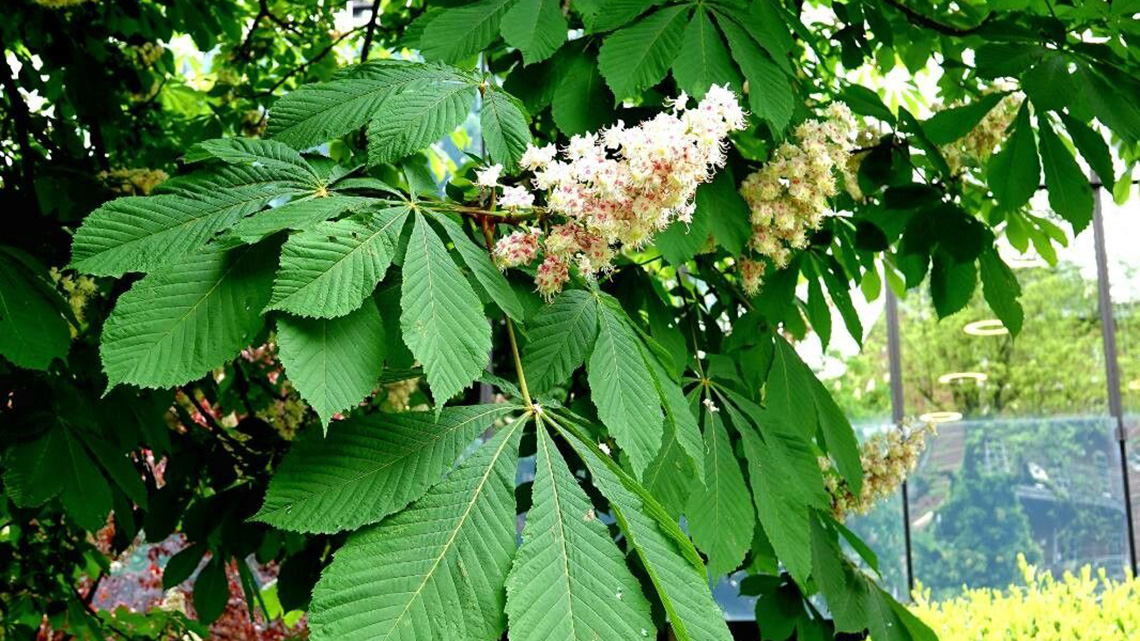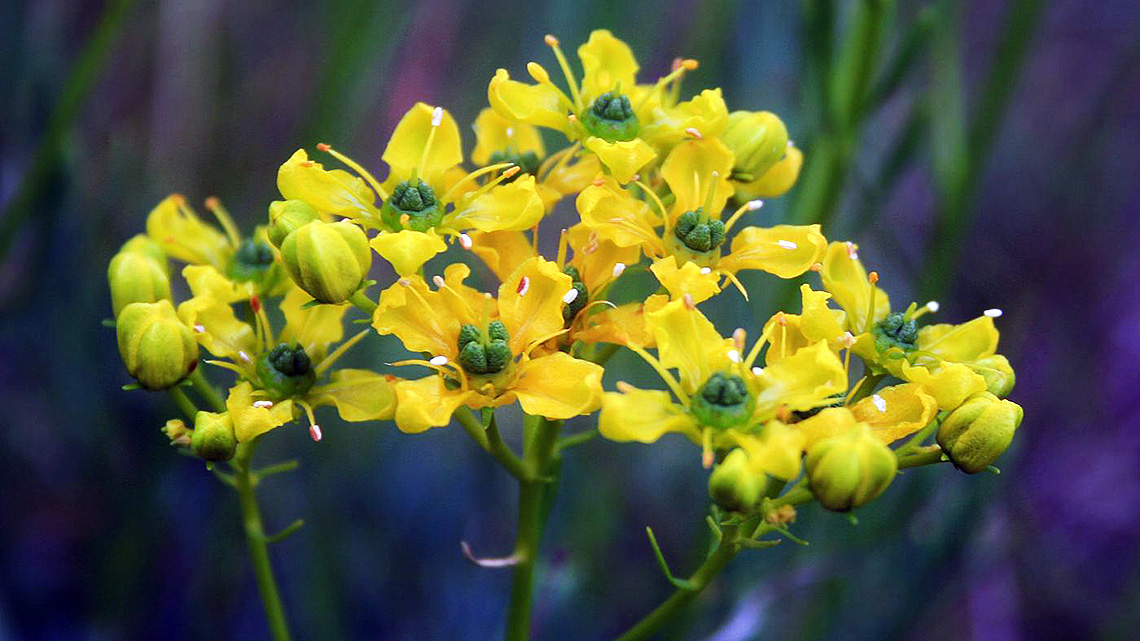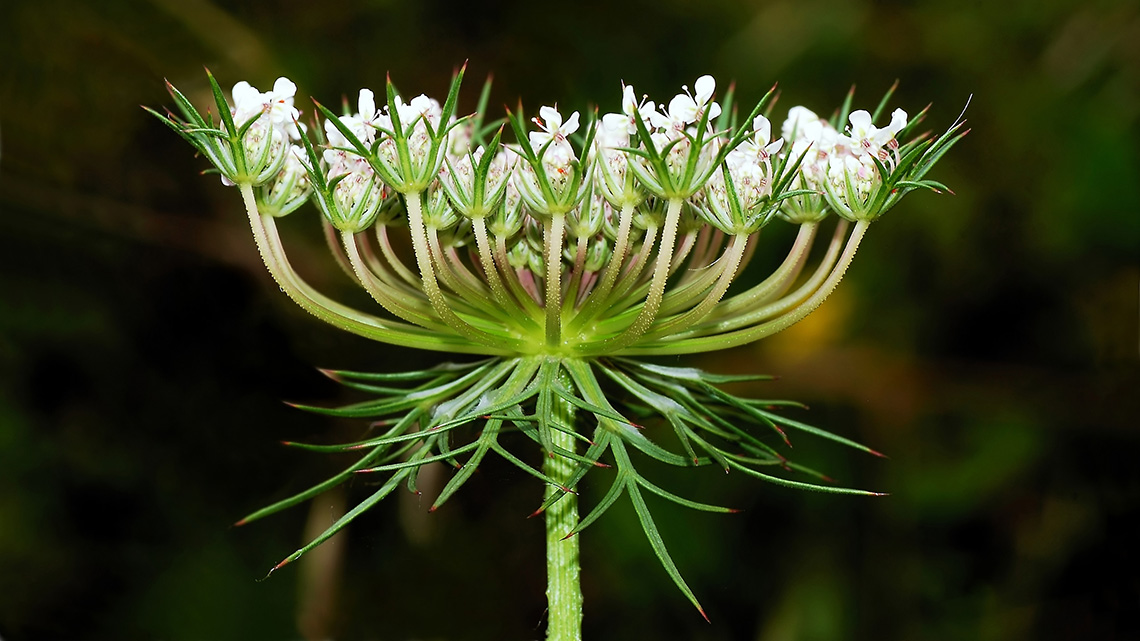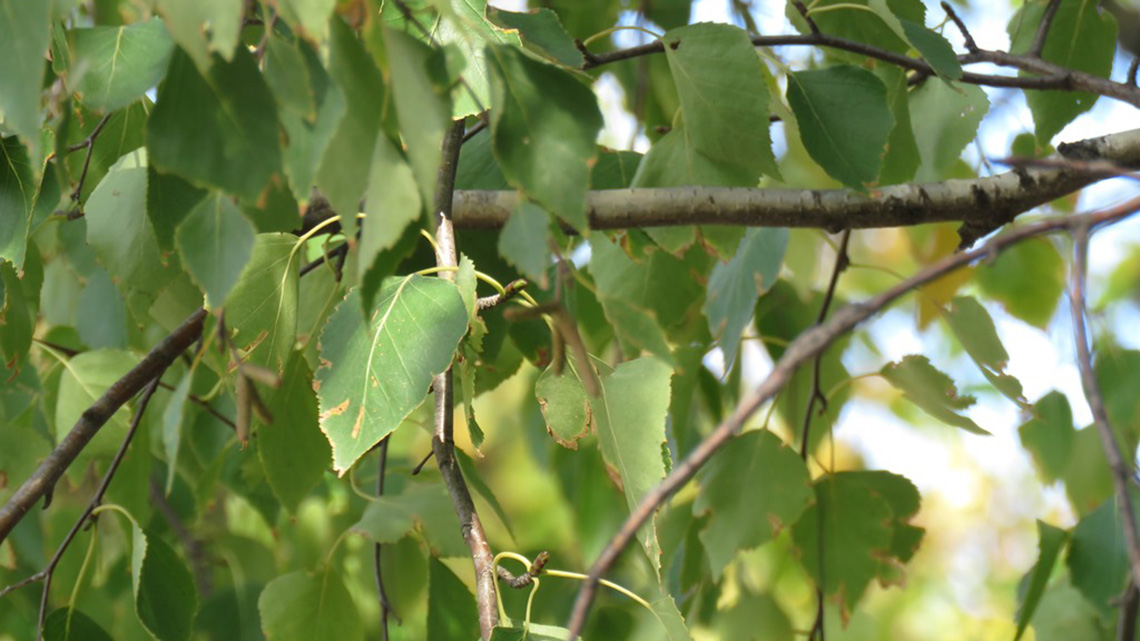The horse chestnut, scientifically known as Aesculus hippocastanum, is one of the most recognizable symbols of autumn in many parts of the world. This impressive plant, native to the Balkan Peninsula, can now be found throughout Europe and North America. Its distinctive fruits, shiny brown chestnuts, and imposing presence make it a favorite among nature lovers.
Botanical Characteristics
The horse chestnut is a deciduous tree that can reach a height of up to 30 meters. It has a broad canopy and a robust trunk that can be up to one meter in diameter. The leaves are large, compound, and palm-shaped, composed of 5-7 leaflets. In spring, the tree blooms with large, upright clusters of white flowers, often marked with red spots.
The fruits of the horse chestnut are large, spiky capsules containing one or more shiny, brown seeds – horse chestnuts. Although not edible for humans due to their bitter and toxic content, horse chestnuts have numerous other uses.
Medicinal Properties
Horse chestnut has been used in traditional medicine for centuries. Extracts from the seeds, bark, and leaves are rich in saponins, particularly aescin, which have anti-inflammatory and venotonic properties. Therefore, horse chestnut extracts are often used in the treatment of varicose veins, hemorrhoids, and chronic venous insufficiency. They also play a role in relieving pain and swelling associated with injuries and arthritis.
Use in Cosmetics and Pharmacy
Besides medicine, horse chestnut has found its place in the cosmetic industry. Creams and gels containing horse chestnut extracts help reduce swelling, improve circulation, and strengthen capillaries. They are also used in skin care products for their soothing and revitalizing properties.
Ecological and Ornamental Value
Horse chestnut is a popular ornamental tree in parks and gardens due to its size and attractive appearance. It provides dense shade during the summer months, making it ideal for planting in urban areas. Additionally, horse chestnut flowers are an important source of nectar for bees and other pollinators, while the fruits serve as food for various wildlife.
Growing Tips
If you want to plant a horse chestnut in your garden, here are some tips:
- Location: Horse chestnut prefers sunny or partially shaded locations. It needs plenty of space due to its size.
- Soil: It thrives best in deep, fertile, and well-drained soils. It tolerates slightly acidic to neutral soils.
- Watering: Young specimens require regular watering, while mature trees are more drought-tolerant.
- Pruning: Minimal pruning is needed, mainly to remove damaged or diseased branches.
Conclusion
The horse chestnut is more than just an ornamental tree. Its medicinal properties, ecological significance, and aesthetic value make it an extremely valued plant. Whether you enjoy its lush flowers in spring or collect its fruits in autumn, the horse chestnut is a true treasure of nature that deserves our respect and admiration.
I hope you enjoyed this blog and learned something new about the horse chestnut. Share your experiences with this fascinating plant and feel free to ask questions in the comments. The horse chestnut is indeed a gem of our ecosystem, and each of us can contribute to preserving its beauty and usefulness.
Additional Interesting Facts
- Names and Myths: The name "hippocastanum" comes from the Greek words "hippos" (horse) and "kastanon" (chestnut), as it was once believed that horse chestnut fruits helped with respiratory issues in horses.
- Creative Use: Horse chestnut fruits are used in many schools for creative projects and crafts, particularly popular among children.
- Ecological Role: Besides providing food for wildlife, horse chestnut plays an important role in maintaining biodiversity in urban areas.
Taking Care of Horse Chestnut
Like any plant, the horse chestnut faces challenges such as diseases and pests. The most common problem is the horse chestnut leaf miner (Cameraria ohridella), which can significantly damage the leaves. Preventive measures include regularly removing fallen leaves and using eco-friendly insecticides.
The horse chestnut is a truly wondrous plant that offers much more than its beautiful appearance. Its ability to heal, nourish, and decorate makes it an irreplaceable part of our natural environment. We hope this blog inspires you to appreciate and perhaps even plant your own horse chestnut tree, joining the many generations who have enjoyed its manifold benefits.







